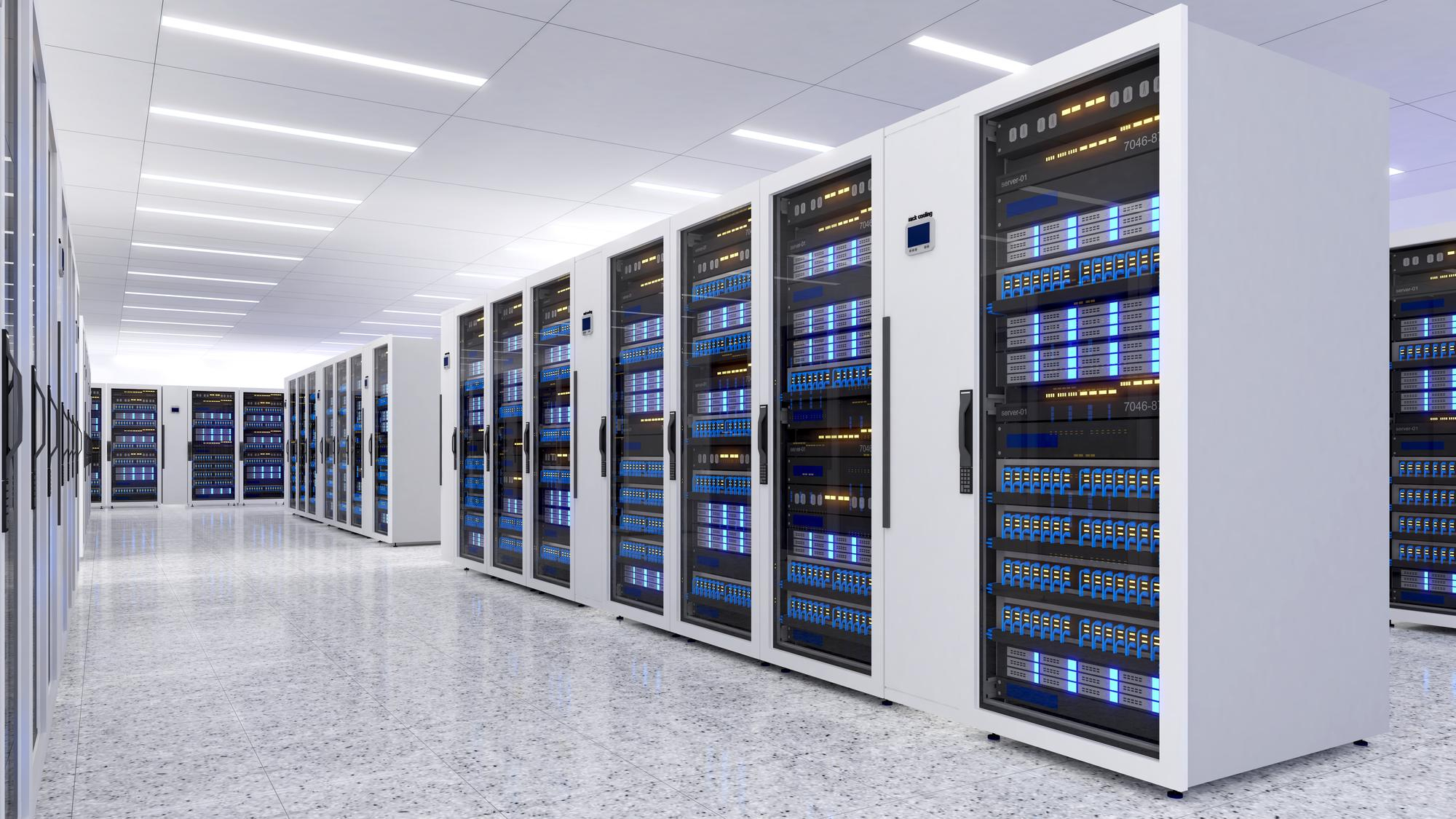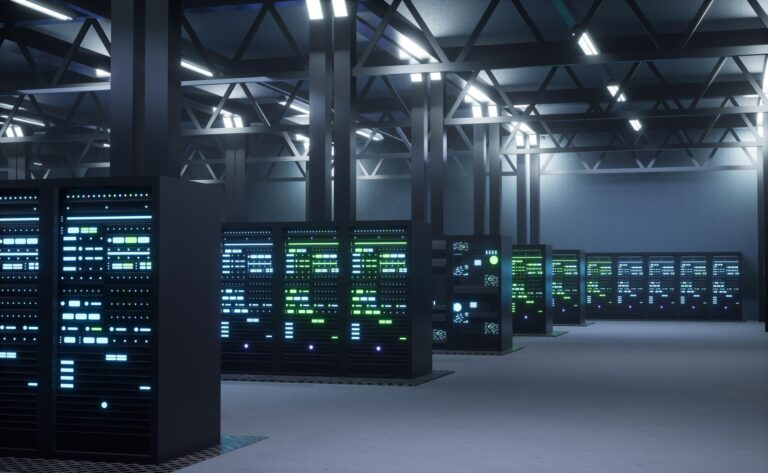How a DCIM Solution Can Reduce Downtime and Improve Reliability

In today’s digital world, businesses rely heavily on data centers to support their IT infrastructure. Downtime and system failures can lead to huge financial losses, reduced productivity, and damaged reputation. According to studies, unplanned data center outages can cost businesses thousands of dollars per minute.
This is where a Data Center Infrastructure Management (DCIM) solution becomes essential. A DCIM solution provides real-time monitoring, predictive analytics, and automation to minimize downtime and improve reliability.
In this article, we’ll explore how a DCIM solution reduces downtime, enhances reliability, and ultimately helps businesses maintain seamless operations.
What is Downtime?
Downtime refers to any period when a data center or its systems are unavailable. This can be planned (e.g., maintenance) or unplanned (e.g., hardware failures, power outages, cyberattacks).
Causes of Unplanned Downtime
Unplanned downtime is often caused by:
✔ Power Failures – Unexpected power loss due to grid failures or UPS malfunctions
✔ Cooling System Issues – Overheating due to poor airflow or AC failures
✔ Hardware Failures – Servers, storage, or networking devices crashing
✔ Cybersecurity Threats – Ransomware, DDoS attacks, or hacking attempts
✔ Human Errors – Misconfigurations, accidental shutdowns, or lack of monitoring
How a DCIM Solution Reduces Downtime
A DCIM solution minimizes downtime through proactive monitoring, predictive maintenance, and automation. Here’s how it helps:
A. Real-Time Monitoring & Alerts
DCIM solutions provide 24/7 monitoring of power, cooling, and IT equipment. Any abnormal conditions trigger instant alerts, allowing IT teams to react before failures occur.
✅ Example: If a server’s temperature rises above the threshold, the DCIM system sends an alert to the IT staff for immediate action.
B. Predictive Analytics & Preventive Maintenance
DCIM uses AI-driven analytics to predict failures before they happen. By analyzing historical data, it detects patterns of equipment degradation and suggests maintenance before a critical failure occurs.
✅ Example: The system detects a gradual increase in power consumption in a UPS battery and recommends replacement before it fails.
C. Automated Failover & Redundancy Management
Modern DCIM solutions support automated failover, ensuring that if one system fails, another takes over immediately. It also monitors redundant power supplies, network links, and cooling systems to prevent single points of failure.
✅ Example: If a primary power source fails, the DCIM system automatically switches to a backup generator without manual intervention.
D. Remote Monitoring & Control
With cloud-based DCIM, IT teams can monitor and control infrastructure remotely. This is crucial for quick response times, especially in multi-location data centers.
✅ Example: If a power failure occurs at night, the IT team gets an alert and can remotely restart backup systems without being physically present.
E. Improved Capacity Planning
DCIM solutions help businesses plan resource allocation efficiently, ensuring that power and cooling systems are not overloaded, which can lead to unexpected shutdowns.
✅ Example: If a rack exceeds its safe power consumption, the DCIM system recommends redistributing workloads to prevent overheating.
How a DCIM Solution Improves Reliability
Reliability is about consistency and uptime. Here’s how DCIM enhances reliability:
A. Enhanced Energy Efficiency
DCIM helps businesses optimize power and cooling usage, preventing overheating and system overload. This reduces wear and tear on equipment, leading to longer operational lifespans.
B. Compliance with Industry Standards
Data centers must comply with ISO 27001, HIPAA, PCI-DSS, and other regulations. A DCIM solution provides automated compliance tracking and reporting, reducing the risk of audits and penalties.
C. Root Cause Analysis for Faster Recovery
If a failure occurs, DCIM provides a detailed root cause analysis, helping IT teams quickly identify the issue and prevent recurrence.
✅ Example: If a sudden power outage occurs, the DCIM system generates a report showing whether it was caused by a UPS failure, a circuit overload, or human error.
Feature Comparison Table: Traditional vs DCIM-Enabled Data Centers

| Feature | Traditional Data Centers | With DCIM Solution |
| Monitoring | Manual of basic alerts | Real-time, AI-powered monitoring |
| Failure Prevention | Reactive (after failure) | Proactive (predicts & prevents |
| failures) | ||
| Redundancy Management | Requires manual intervention | Automated failover |
| Energy Efficiency | Higher power waste | Optimized power & cooling |
| Remote Access | Limited for none | Full remote monitoring & control |
| Compliance Tracking | Manual reports | Automated compliance management |
Frequently Asked Questions (FAQ)
Q1: How much downtime can a DCIM solution prevent?
A well-implemented DCIM solution can reduce downtime by 50% or more, depending on the organization’s infrastructure and operational efficiency.
Q2: Is a DCIM solution suitable for small businesses?
Yes! Many DCIM providers offer scalable solutions that fit small businesses as well as large enterprises. Cloud-based DCIM tools are particularly cost-effective.
Q3: How does DCIM help with compliance?
DCIM automates audit logs, security monitoring, and environmental tracking, ensuring compliance with industry regulations like ISO 27001, HIPAA, and GDPR.
Q4: Can a DCIM solution work with hybrid or cloud environments?
Yes, modern DCIM solutions integrate with on-premise, cloud, and hybrid infrastructures, providing centralized monitoring and management.
Q5: How long does it take to implement a DCIM solution?
Implementation can take a few weeks to several months, depending on the data center size, complexity, and integration needs.
A DCIM solution is a game-changer for modern data centers, helping businesses reduce downtime, improve reliability, and optimize infrastructure management.
By leveraging real-time monitoring, predictive analytics, automated failover, and
remote management, businesses can ensure maximum uptime and operational efficiency. Investing in a DCIM solution not only minimizes financial losses due to outages but also improves overall business continuity.
🚀 Ready to Enhance Your Data Center’s Reliability?
Don’t wait for downtime to disrupt your operations! Contact us today for a free consultation and discover how a DCIM solution can help your business achieve uninterrupted performance and maximum uptime.







